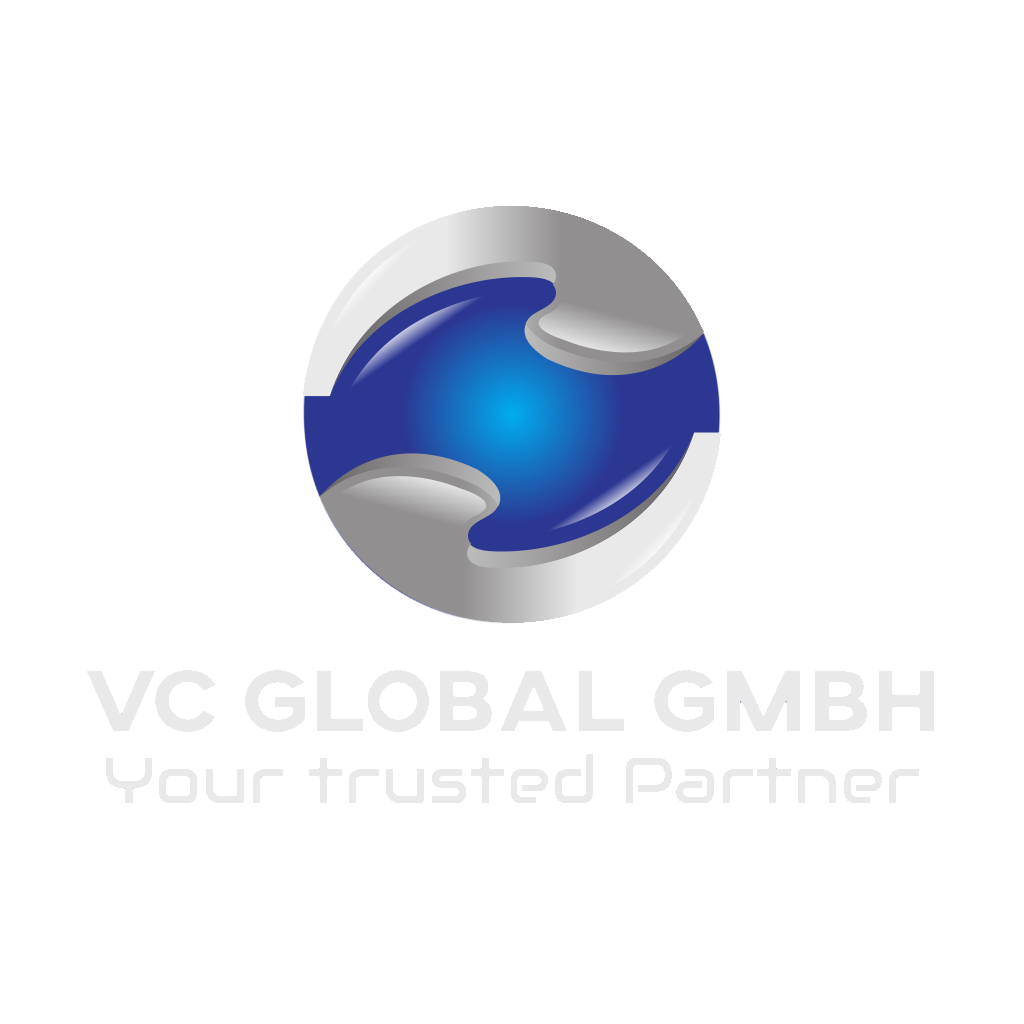Circular Economy
Circular Economy
More than 100 different definitions of circular economy are used in scientific literature and professional journals and all definitions are different. The diversity of definitions also makes it more difficult to make circularity measurable.
Definitions often focus on the use of raw materials or on system change. Definitions that focus on resource use often follow the 3-R approach:
- Reduce (minimum use of raw materials)
- Reuse (maximum reuse of products and components)
- Recycle (high quality reuse of raw materials)

Every business is unique and has unique customers. And usually, you need to figure out what are the most important to things to focus on by yourself. By using data, talking to your customers, A/B testing and other research techniques.
Product Optimization consists of three major parts:
Discovery: The first, and most important stage, is mainly about doing a proper research and proper prioritisation in the operation.
Delivery: The 2nd stage focuses on design (preferably mobile first), often underestimated quality assurance and developments.
Results: Analyse your discovery and delivery, implement identified improvement matters and monitor your operation closely.
A business model for sustainability helps describing, analysing, managing, and communicating a company’s sustainable value proposition to its customers, and all other stakeholders, how it creates and delivers this value, and how it captures economic value while maintaining or regenerating natural, social, and economic capital beyond its organizational boundaries. Sustainable business models with a focus on technological innovation are market devices that overcome internal and external barriers of marketing clean technologies; of significance is the business model’s ability to create a fit between technology characteristics and (new) commercialization approaches that both can succeed on given and new markets.

